
Granulating
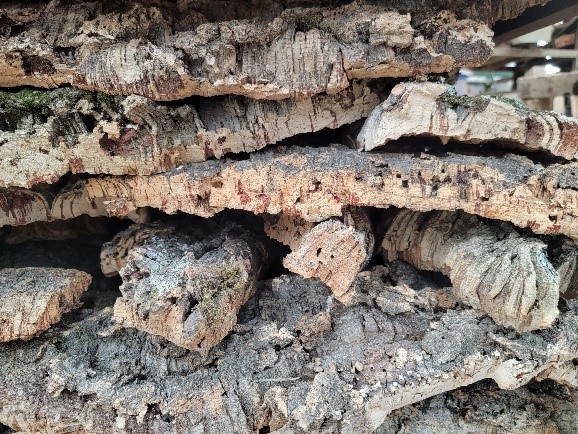
(Cork Bark chunk)
The granulation of cork is a process that involves grinding larger chunks of the cork into smaller granules, with the granule size being driven by the materials’ intended use.
But before it makes sense to delve into the topic of granulation, it is prudent to provide an overview of the different types of cork, and when and where it comes from. The ideal, and high value cork is the stuff that comes off the mature trees on the 9-year harvesting cycle. The primary use is in stopper production, but slabs for veneering and other applications are also provided value-add to the material. The waste from all this production (ie: that left from wine cork making, slab cutting, etc.) tends to be quite clean, tan in color, and relatively pure.
There is another category of cork which is inferior in quality, with the determining factor of can it be used to produce wine corks – which is can’t. This material has several origin points, that include coming from ‘virgin’ cork (cork that comes from the first harvest of the tree – at year 25), that which comes from the branches that are pruned, and material taken from forest fire damaged trees. The nature of this material is that it all tends to have high resin content, which makes it ideal material to process via an autoclave method (though described in the ‘bonding’ section, simplistically autoclaving involves an intense steaming process that converts the suberin in the cork into an internal binding agent).
In total, there are over 2.2 million hectares of cork forests (called Montados in Portuguese), with an annual global production around 340,000 tons a year, which are spread across Portugal, Morocco, Spain, France, Italy, Algeria and Tunisia. In Portugal, where we source the majority of our material, they have 1/3 of all the cork forests in the world, with roughly 23% of their forested land being covered with cork forests, while this accounts for over half of global cork production. In Portugal, the cork supplies are expanding at roughly 10,000 hectares a year, largely in part to a reforestation program supported in part by the Portuguese Government and the European Union. With these programs in place, coupled with the socio-economic value cork provides Portugal, all signs indicate for a continual increase of available material over time – increasing the sustainability of a sustainable resource.
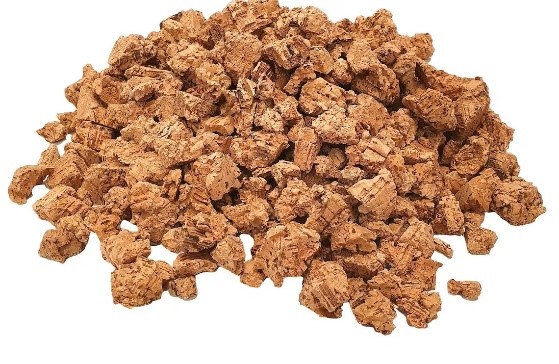
(Natural Cork Granules)
Due to its source and origin, and the way it is accumulated having a greater amount of wood and dirt contamination within it, the granules tend to be left in a larger size, and therefore used in different applications (and for different purposes based on how the cork internally changes in the autoclaving process). For acoustic applications the granules used tend to be in the 3-10mm range, while for thermal proposals, larger granules ranging for 5-22 mm are used.

(Cork Branches)

(Virgin Bark Tubes)

(Virgin bark chunk)
The granules are then cleaned to remove impurities using either densiometric or pneumatic separators or rotating drums, and
then sorted to size for their application.
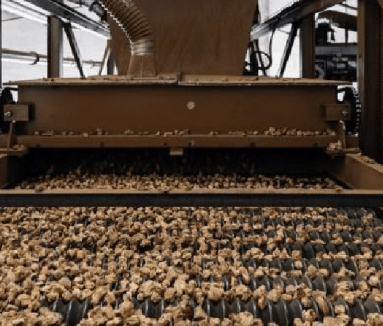
(Larger size granulation
and sorting )
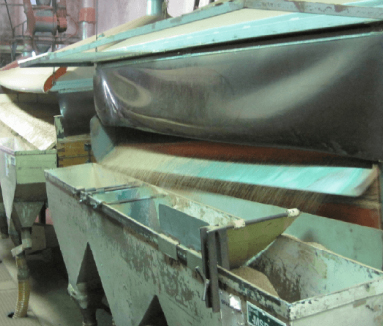
(Finer size sorting)
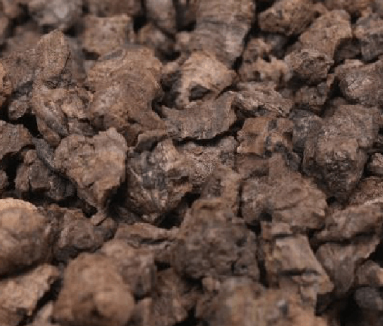
(Larger ‘autoclaved’ granules)
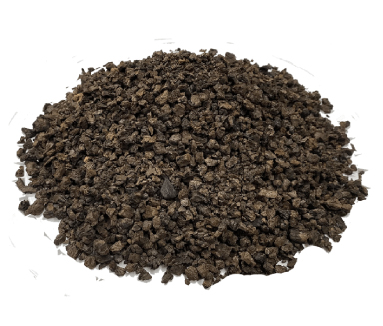
(Further granulated ‘black’
cork (from autoclaved process))
Depending on the application, the cork granules are sorted in ranges from less than 1mm, all the way up to 25mm in size. The majority of agglomerated options tend to range from the 1-5mm size.
(Common granulation sizes)
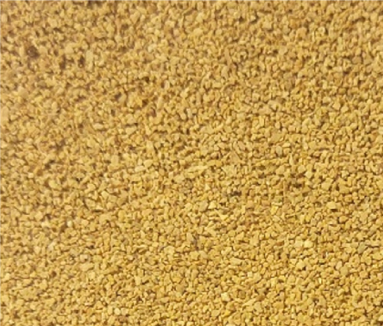
(0.5-1mm)
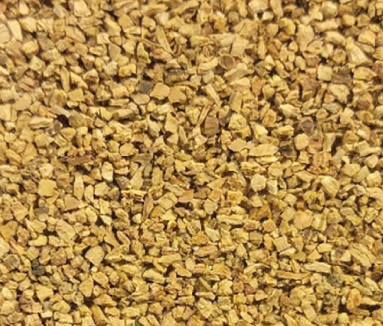
(0.5-1mm)
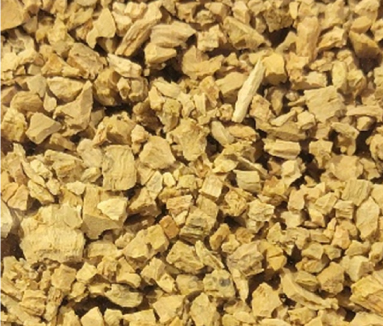
(0.5-1mm)
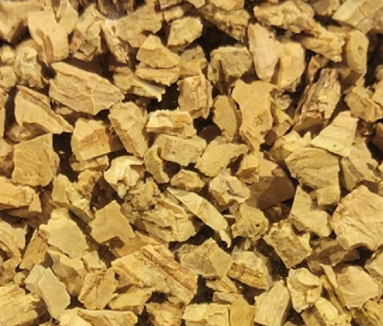
(0.5-1mm)
The granulate is stored and dried until the ideal moisture level is reached based on the desired next step.

